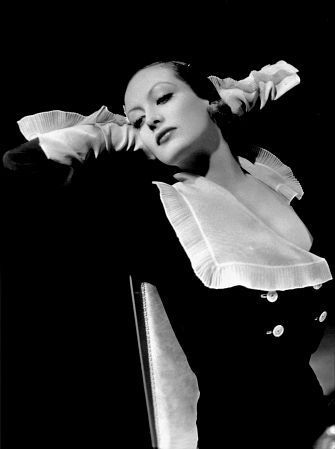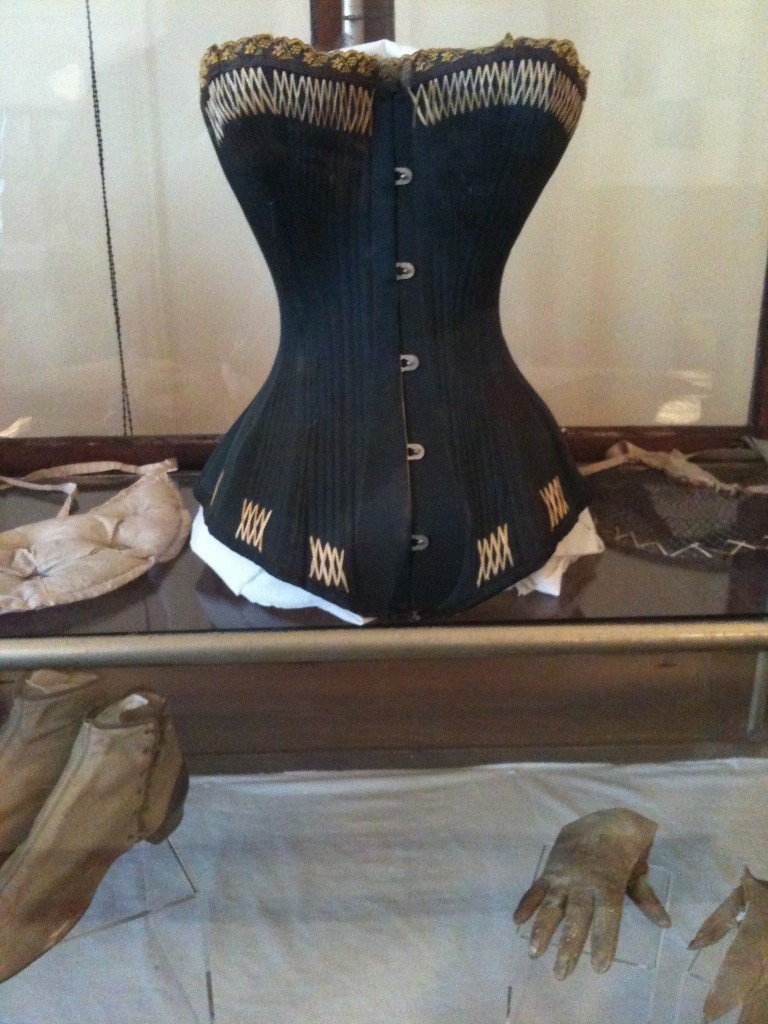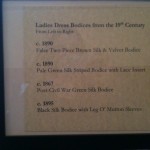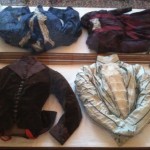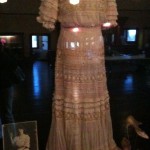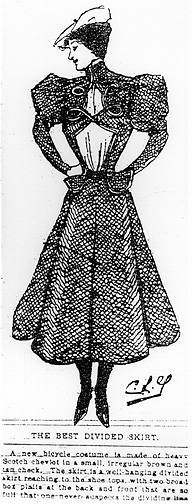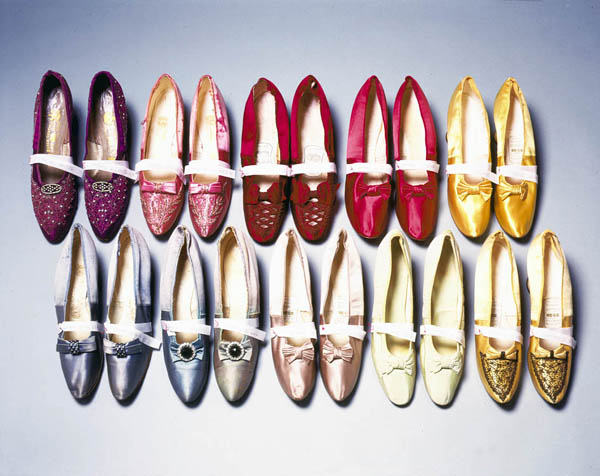 Fabricating Consumers: The Sewing Machine in Modern Japan
Fabricating Consumers: The Sewing Machine in Modern Japan
by Andrew Gordon
University of California Press (Nov. 1, 2011)
Written by Andrew Gordon, an expert in Japanese social history and a prestigious professor at Harvard University, this new book – Fabricating Consumers: The Sewing Machine in Modern Japan– shows how the ‘humble’ sewing machine dramatically changed life and society in Japan. It discusses the Singer sewing machine specifically, and shows how the machine in general “not only transformed manners of dress but also helped change patterns of daily life, class structure, and the role of women.”
Stays and Body Image in London: The Staymaking Trade, 1680-1810
by Lynne Sorge-English
Pickering & Chatto Ltd (June 30, 2011)
At the recommendation of Mark Hutter, I recently acquired this new(ish) book, Stays and Body Image in London: The Staymaking Trade, 1680-1810 by Lynne Sorge-English. For those academics studying this time period, it is a good resource with unique analysis. The author uses surviving examples of stays in various collections, to explore how this garment and its manufacture changed over time. Interestingly, it examines how women’s health was affected due to prolonged use. The book combines both material analysis with literary analysis (an eighteenth-century staymakers diary) along with cultural and social history. Important to note, however – this is not a photograph-heavy book, but is a true research resource.


